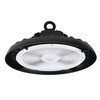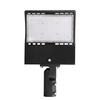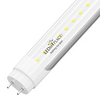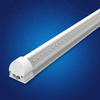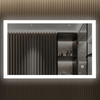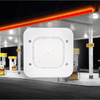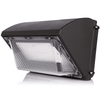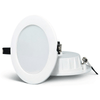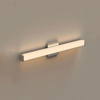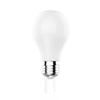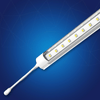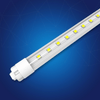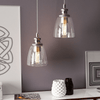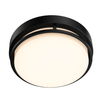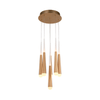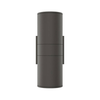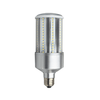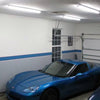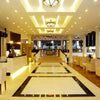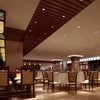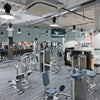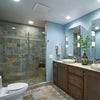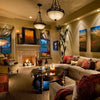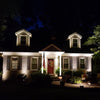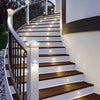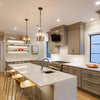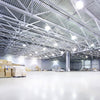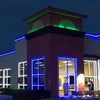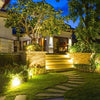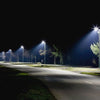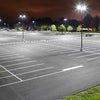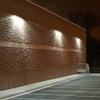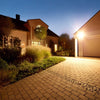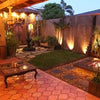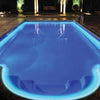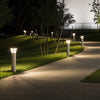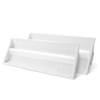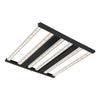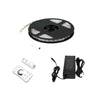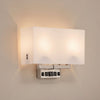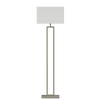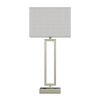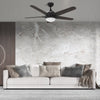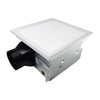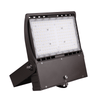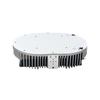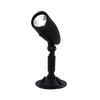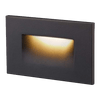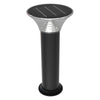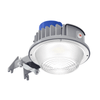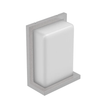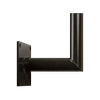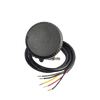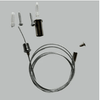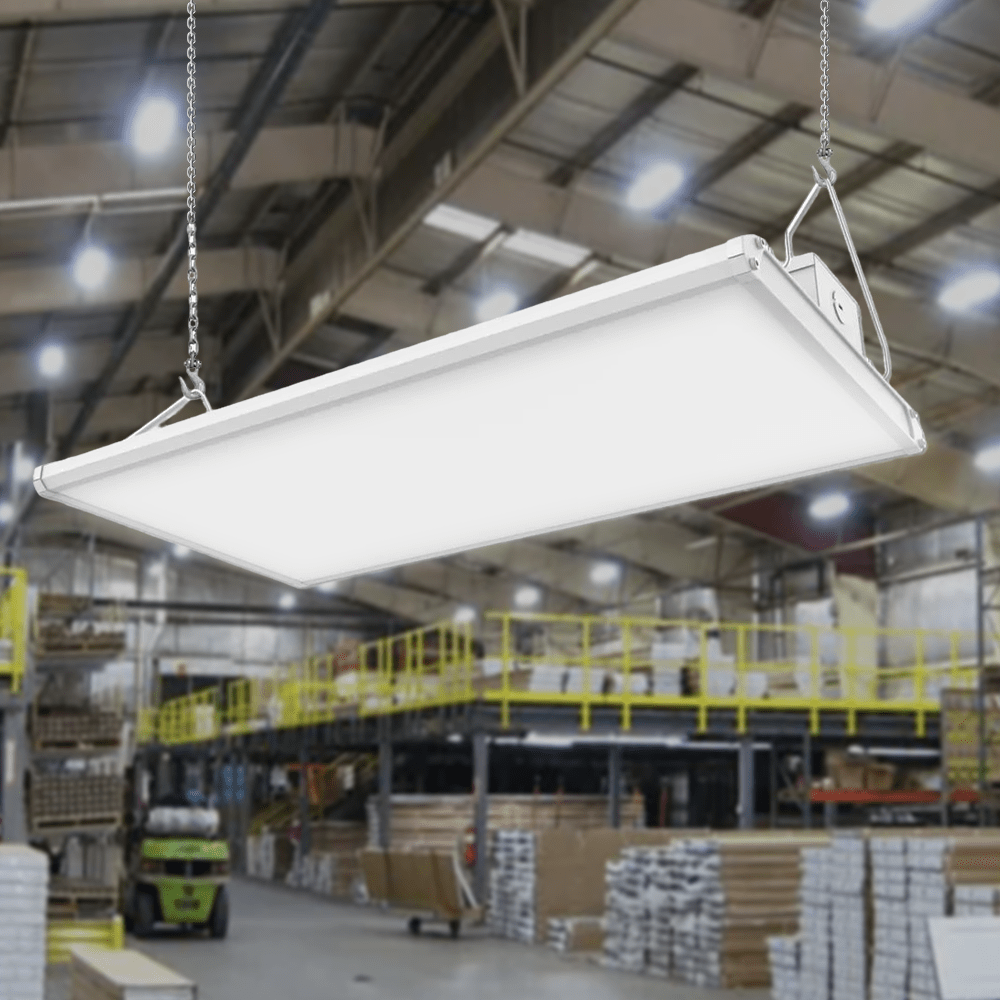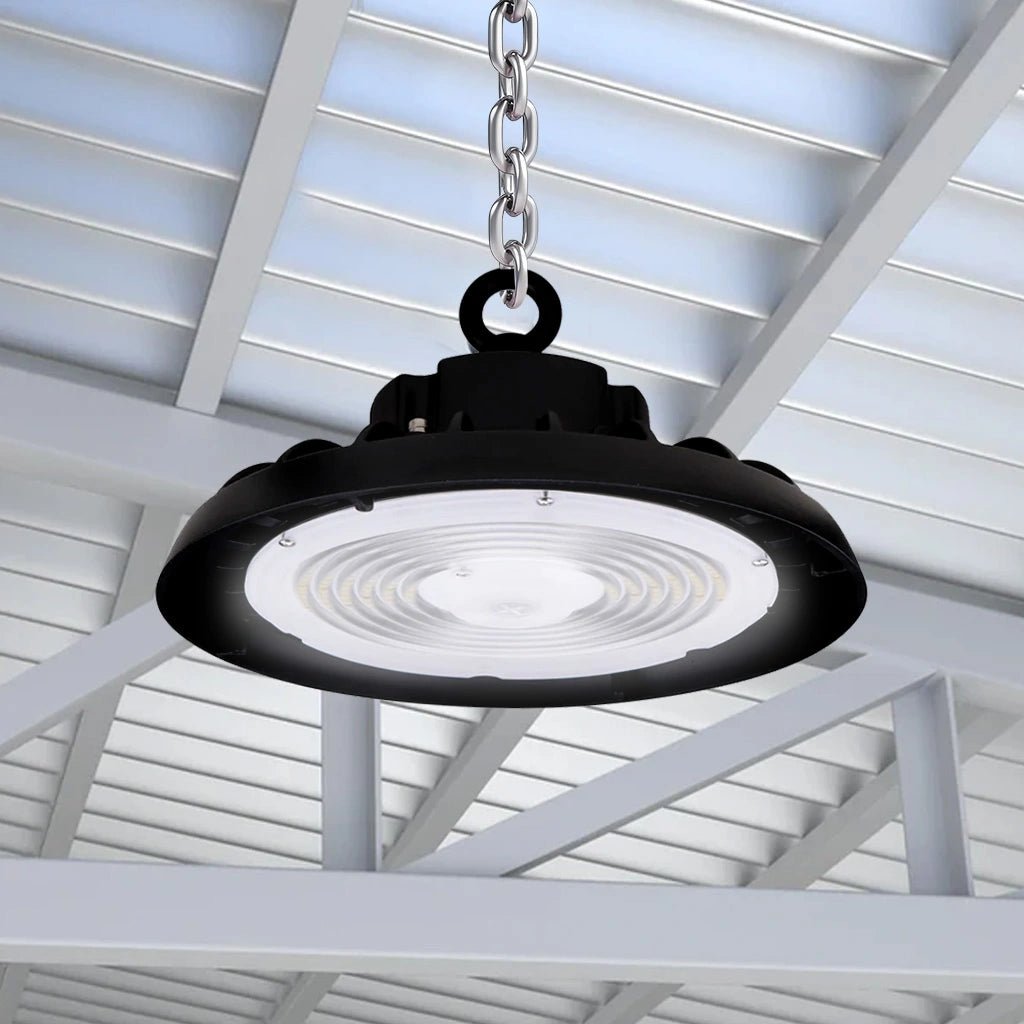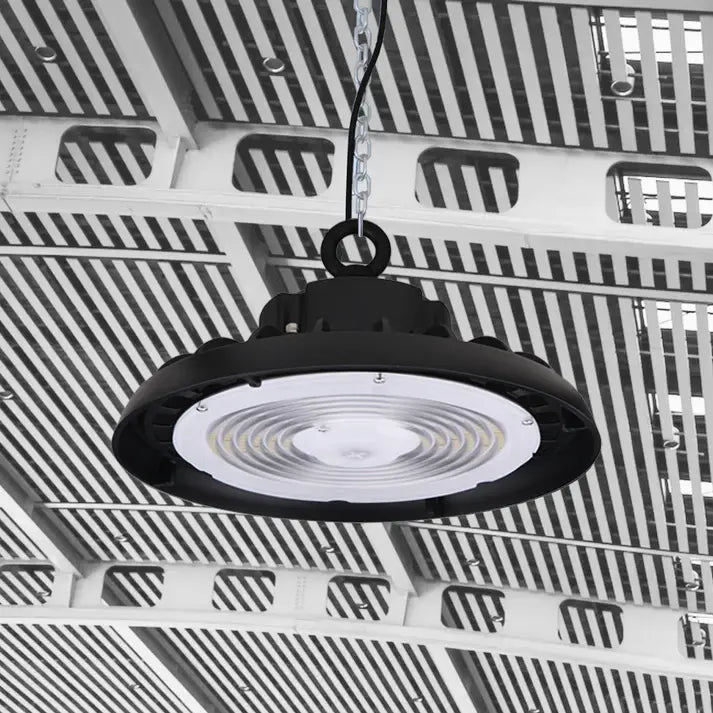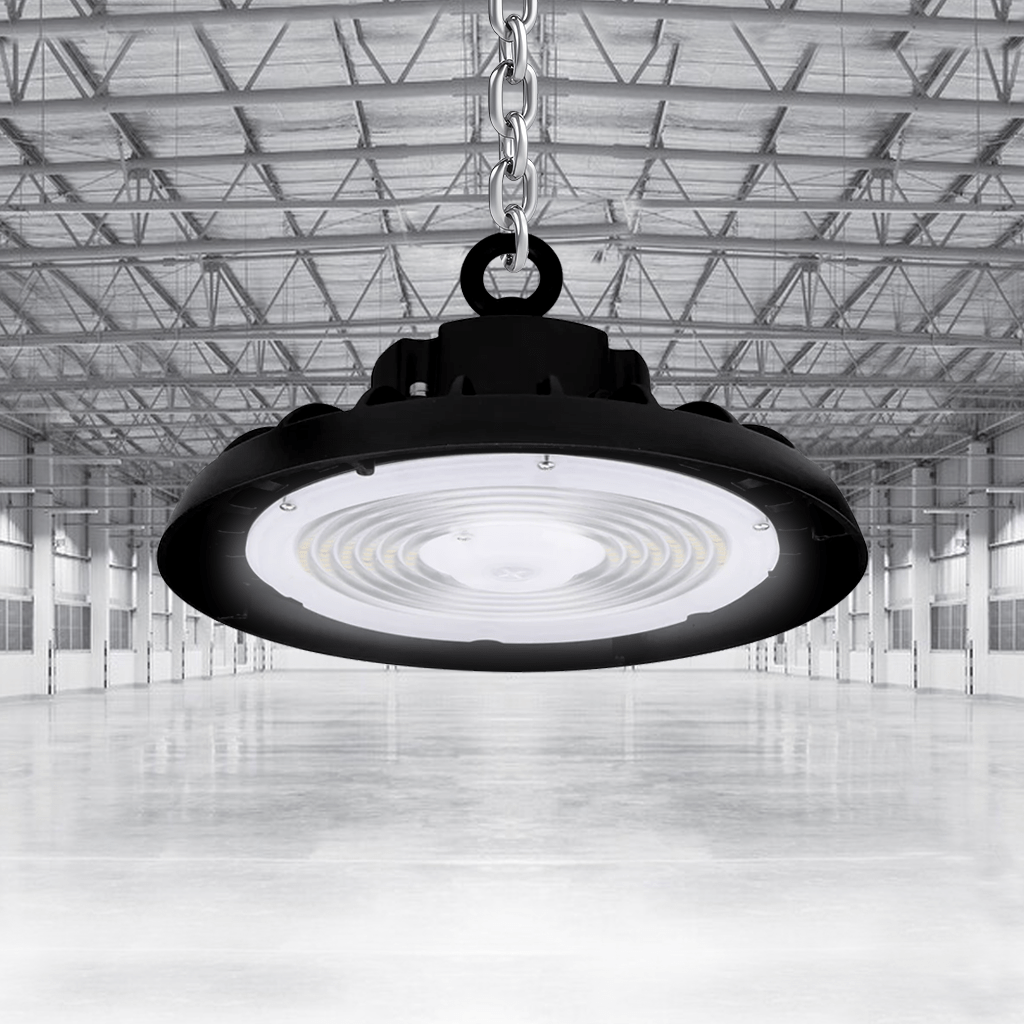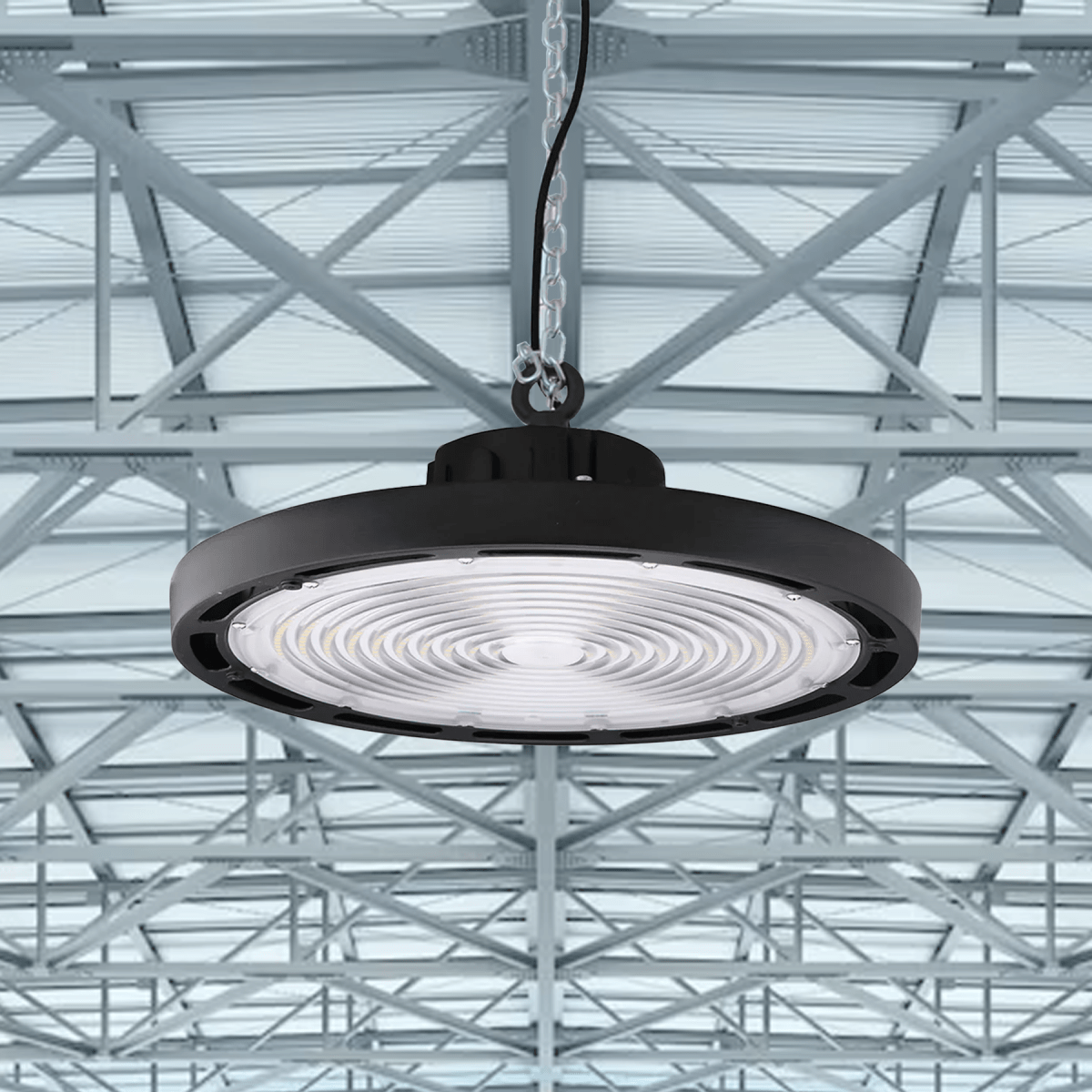If you have a large space that needs to be lit, such as a warehouse, gymnasium, or manufacturing facility, you may be wondering how to achieve adequate lighting while keeping costs low. High bay LED lights are an excellent solution for large spaces, offering both energy efficiency and cost savings over traditional lighting options.
Factors to Consider When Lighting a Large Space
When selecting lighting for a large space, there are several factors to consider. First, the size and height of the space will affect the type of lighting needed. Additionally, illumination requirements will vary depending on the specific use of the space. Energy efficiency and cost-effectiveness are also important considerations, as well as durability and maintenance requirements.
Types of High Bay LED Lights
There are several types of high bay LED lights available, each with its own benefits and drawbacks. Traditional high bay LED lights are the most common option, but newer options such as UFO high bay LED lights, linear high bay LED lights, and retrofit high bay LED lights may also be worth considering.
Choosing the Right High Bay LED Lights
When selecting high bay LED lights, several factors should be taken into account. Lumen output and wattage will affect the brightness of the light, while color temperature and beam angle will impact the quality and direction of the light. CRI and CCT are also important factors to consider, as well as dimming and control options.
Installation and Maintenance of High Bay LED Lights
While high bay LED lights are a great investment for large spaces, proper installation and maintenance are crucial for optimal performance and longevity. Hiring a professional electrician for installation is recommended, and there are several mounting and wiring options available. Regular maintenance and cleaning will also help to ensure that the lights perform at their best.
Cost Savings of High Bay LED Lights
In addition to the benefits of energy efficiency and long lifespan, high bay LED lights can also offer cost savings in several ways. Energy savings alone can result in significant reductions in utility bills, and the durability of LED lights means that they require less frequent replacements and maintenance. Additionally, some utility companies offer rebates and incentives for businesses that switch to energy-efficient lighting options.
Conclusion
In conclusion, high bay LED lights are an excellent option for lighting large spaces such as warehouses, gyms, and manufacturing facilities. They offer numerous benefits including energy efficiency, cost savings, and long lifespan. When selecting high bay LED lights, it is important to consider factors such as lumen output, color temperature, and maintenance requirements to ensure optimal performance.
FAQs
- Are high bay LED lights suitable for all types of large spaces?
- High bay LED lights can be used in a wide variety of large spaces, but it is important to select the appropriate type and model based on the specific needs of the space.
- How do I determine the right lumen output for my space?
-
To determine the appropriate lumen output for your space, you need to consider several factors, such as the size of the room, the ceiling height, and the desired lighting level.
One way to calculate the required lumen output is to use the following formula:
Lumens = (Area of the room) x (Foot-candles needed) x (Lumens per watt)
- Measure the area of the room in square feet.
- Determine the foot-candles needed for your space. Foot-candles are a measure of the amount of light falling on a surface. A general guideline is to use 20-30 foot-candles for general lighting and 50-100 foot-candles for task lighting.
- Determine the lumens per watt for the light source you plan to use. This information is typically provided by the manufacturer and can vary depending on the type of light bulb or fixture you choose.
For example, let's say you have a room that measures 10 feet by 12 feet with an 8-foot ceiling, and you want to use general lighting with a target of 25 foot-candles.
- The area of the room is 10 x 12 = 120 square feet.
- You want to achieve 25 foot-candles, so using the formula for illuminance, we can determine the required lumen output:
Lumens = (Area of the room) x (Foot-candles needed) Lumens = (120 sq ft) x (25 fc) Lumens = 3,000 lumens
- Let's assume you plan to use LED bulbs with a lumens per watt rating of 100. Divide the required lumen output by the lumens per watt to determine the required wattage:
Wattage = Lumens / Lumens per watt Wattage = 3,000 lumens / 100 lumens per watt Wattage = 30 watts
So in this example, you would need LED lights that output 3,000 lumens with a total power consumption of 30 watts to achieve your desired lighting level of 25 foot-candles in the room.
- Can high bay LED lights be used in outdoor settings?
- While high bay LED lights are designed for indoor use, some models may be suitable for use in covered outdoor settings.
- Do high bay LED lights require any special maintenance?
- High bay LED lights require regular maintenance and cleaning to ensure optimal performance and longevity.

